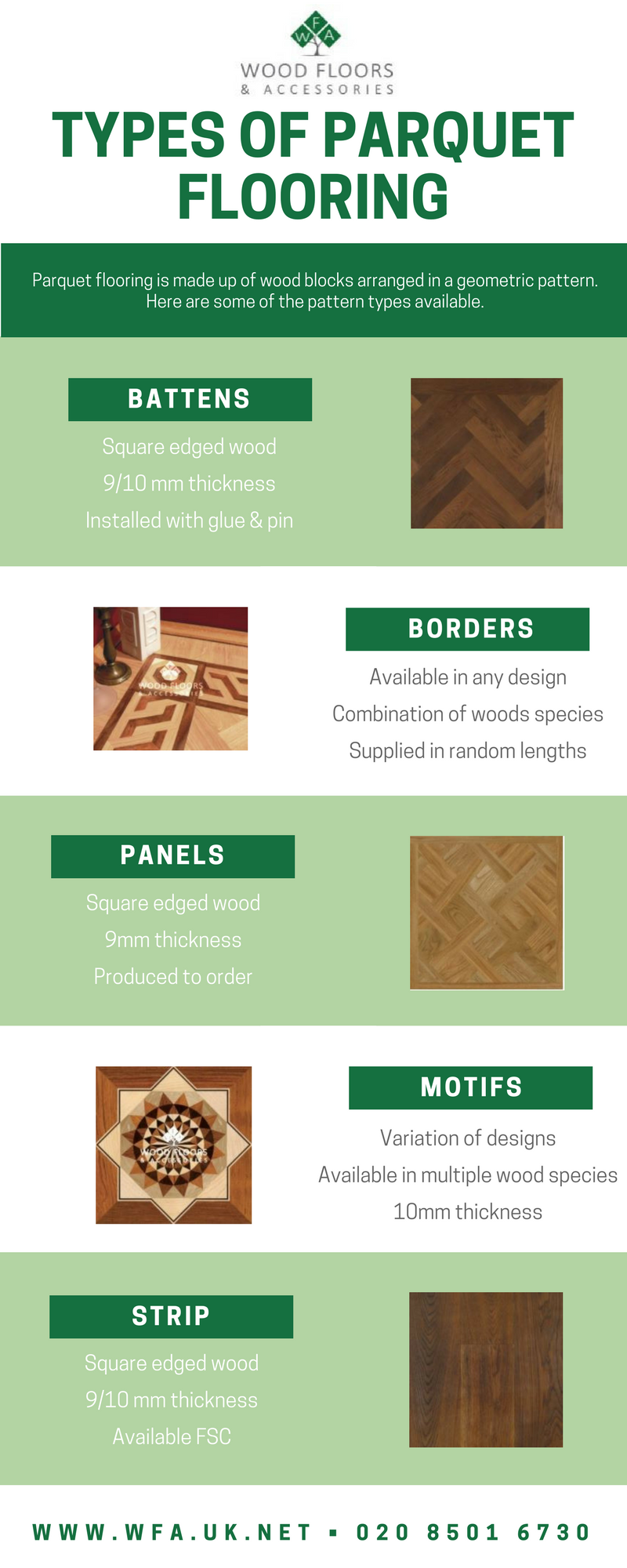Just How To Budget For Your Floor Covering Job: A Practical Guide
Just How To Budget For Your Floor Covering Job: A Practical Guide
Blog Article
Content Writer-Craven Falk
When you're planning a floor covering project, budgeting isn't just about choosing a number; it has to do with recognizing what you absolutely need and the expenses included. You'll intend to evaluate your specific demands, study numerous materials, and expect unexpected expenses. Think about just how elements like space objective and setup techniques can influence your budget. But prior to you jump in, there are some essential details you might forget that might substantially impact your general costs. Allow's check out just how to browse these intricacies and ensure your project remains on track.
Assessing Your Flooring Demands
Prior to diving into your floor covering job, it's important to analyze your flooring needs. Start by thinking about the particular areas where you intend to install new floor covering. Think of the objective of each space. For instance, bathroom and kitchens require water-resistant products, while living areas might benefit from convenience and aesthetic appeals.
Next off, assess the existing conditions of your floorings. Exist any structural concerns, such as uneven surfaces or moisture problems? Addressing these issues early on can conserve you time and money down the line.
Additionally, keep in mind of the measurements of each room to establish how much floor covering you'll require.
Do not neglect to consider your way of living. If you have pet dogs or young youngsters, durability could be your top concern, while an extra official space may ask for an extravagant finish. In addition, think about your style preferences. Do you like a classic look, or are you drawn to contemporary designs?
Last but not least, be realistic about how much maintenance you're willing to commit to. Some materials call for even more maintenance than others. By comprehending your demands plainly, you'll be much better furnished to make educated options as you move on with your flooring job.
Estimating Costs and Materials
Estimating costs and products is a critical step in your flooring job that can considerably affect your general budget. Start by gauging your area properly to determine how much flooring you'll require. For many materials, you'll locate pricing by square foot, so gather quotes from various suppliers to obtain a sensible number.
Next off, think about the kind of floor covering you want. Choices like wood, laminate, tile, or carpeting all included different cost points. Research the costs for each and every and consider any added materials like underlayment, glue, or transition strips.
Do not fail to remember to consist of devices if you're preparing a DIY setup, as renting out or acquiring devices can contribute to your expenditures.
Labor costs are an additional important factor to consider. If you're employing experts, obtain quotes from several professionals to ensure you're obtaining a fair cost. Be clear about the scope of job to prevent unforeseen fees later on.
Last but not least, it's smart to reserve a little percentage of your budget for any kind of unforeseen prices connected to materials. By extensively approximating your costs and products ahead of time, you'll set yourself up for a smoother and more manageable flooring task.
Preparation for Hidden Expenses
Numerous homeowners overlook the hidden expenditures that can arise throughout a floor covering job, which can cause spending plan overruns. To avoid this, you require to plan for potential added prices.
Initially, consider the problem of your existing subfloor. If it's damaged or unequal, you'll likely require repair services or progressing, which can add significantly to your total cost.
Next off, think of removal and disposal costs for your old flooring. Many specialists bill additional for this service, so variable that right into your budget plan.
Furthermore, don't forget the expenses of underlayment, which might not be included in the initial quote however are vital for a successful installation.
You need to additionally prepare for unanticipated problems, such as pipes or electric work if your floor covering task entails relocating components. It's important to set aside a minimum of 10-15% of your overall budget for these unanticipated costs.
Finally, remember that licenses might be required for sure installations. Always examine regional regulations to prevent fines or hold-ups.
Verdict
Finally, budgeting for your floor covering project is vital for a successful end result. By analyzing https://www.hotelmanagement.net/design/how-new-options-for-hotel-floors-can-save-money-long-run , estimating costs, and preparation for covert costs, you'll stay clear of surprises and remain on track. Keep in https://redokitchenisland09876.blogdun.com/33250994/what-to-look-for-in-a-concrete-coatings-business-key-elements-for-success to reserve a portion of your allocate unanticipated expenses and keep an in-depth malfunction of your expenditures. With mindful planning and factor to consider, you'll create a gorgeous room that fulfills your requirements without breaking the financial institution. Satisfied flooring!
